What is it?
The SARS remittance advice, or Payment Advice Notice (PAN) is for:
- Customs
- Dividends Tax
- Excise
- Income Tax
- Pay-As-You-Earn (PAYE)
- Penalties for Income Tax, VAT, PAYE
- Provisional Tax.
The Payment Advice Notice (PAN) will display the 19-digit SARS payment reference number which allows the payment to be allocated to the correct client/taxpayer account, reducing the risk of possible errors being made by either clients or banking staff when making payments.
Top tip: When clients make a payment at the bank, no other printed Income Tax account or any other type of SARS printed communication will be accepted by the banks; only a Payment Advice Notice (PAN).
How does it work?
eFiling customers may continue to pay via eFiling and no PAN is required as the payment will have the correct reference.
Should you wish to pay over the counter at a bank or via an electronic bank transfer (EFT), once you have decided which item(s) you wish to pay, you have two ways to get a PAN:
- Individuals will be able to get the PAN using the “General Unpaid” function on eFiling
- Tax Practitioners and employers/organisations will be able to use the “General Unpaid” function on eFiling or the new “Payment advice notice” function under the “Payments” section on eFiling.
Clients should follow the existing process when making payment. If the client doesn’t want to proceed with the payment, then they can cancel the payment before confirming it. This will result in the transaction being saved under “General Unpaid” where the client can then go to print the PAN to use at the bank.
When selecting an item from “General Unpaid”, the item(s) to be paid will be printed on the PAN. Tax Practitioners and employers/organisations also have the option (under “Payment Advice Notice”) to select multiple items that will be printed on the PAN as line items and a total will be printed on the bottom section of the PAN.
If you are going to pay cash, you don’t need to complete your banking details on the PAN. However, if you will be making an EFT payment, you will have to note the details of the paying bank account.
Top Tip: Customs and Excise clients will need to complete three new additional fields:
- Taxpayer bank account number
- Taxpayer bank branch code
- Taxpayer bank account type.
The remaining fields will be pre-populated. For security reasons, once the banking details have been entered, only the last four digits will be visible when printing the page.
Top Tip: Individuals will have to generate separate PANs if you want to make payments for different taxes at the same time. You will then submit the PAN when making a payment at the bank.



